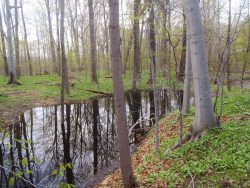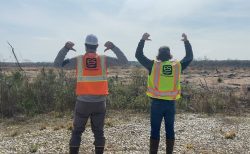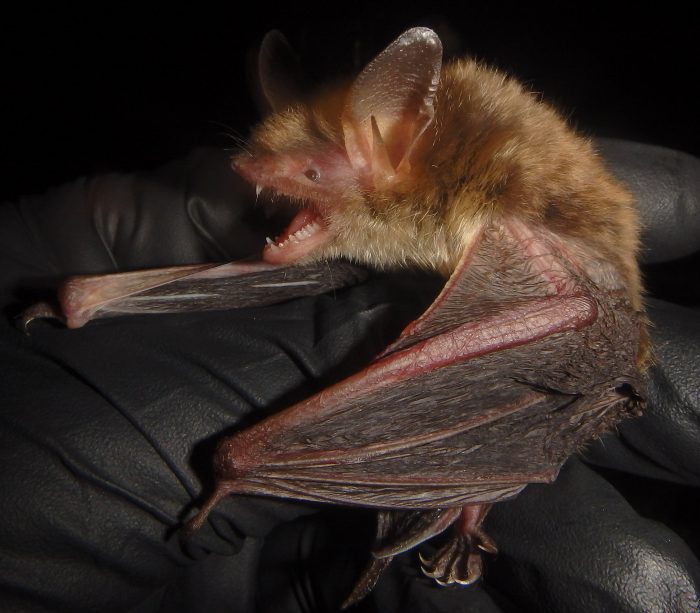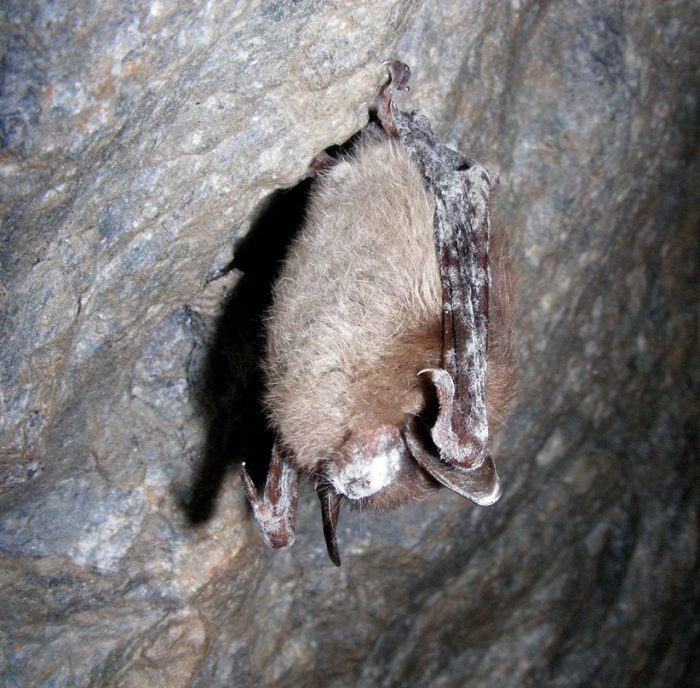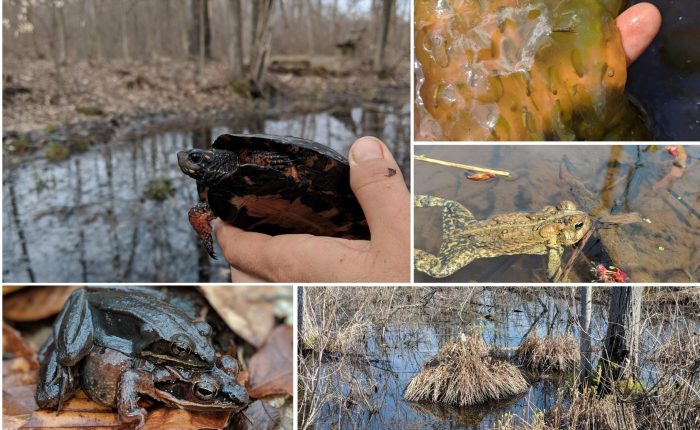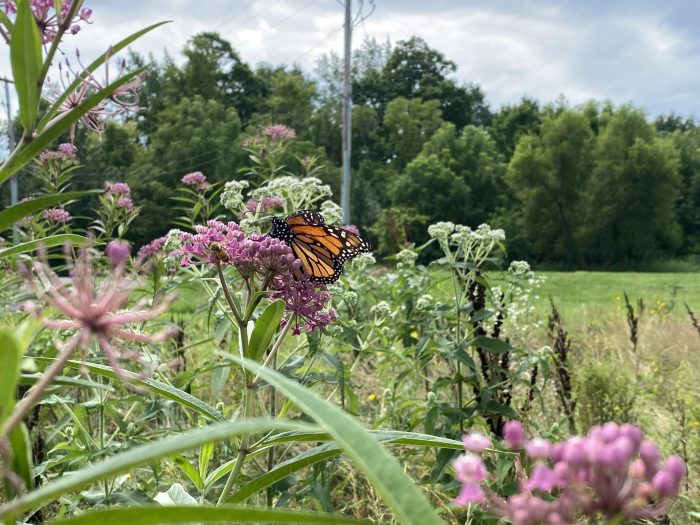Meet the Mussel Team
The EnviroScience mussel team is hard at work as the 2022 mussel season is well-underway. Our malacologists are performing mussel surveys within the Mississippi River basin to the Atlantic Slope, and all the rivers in between.
EnviroScience is fortunate to have some of the best malacologists in the country, each of whom exemplify our Core Values of respect, client advocacy, quality work, accountability, teamwork, and safety. Below are just a few of the many reasons we find them to be uniquely special and why we are honored to have them on our team (and these are only a handful of the members of our robust marine group!) The EnviroScience mussel team is also supported by two other phenomenal mussel biologists, Mr. Matt Gilkay (West Virginia and Ohio approved surveyor) and Dr. Marty Huehner.
The end of mussel survey season in Michigan, New York, Ohio, Pennsylvania, and West Virginia quickly approaches. If you have a project with in-water work slated to start before July 2023, be sure to call us now to help get your project cleared for mussel resource issues prior to construction!
Becca Winterringer
Becca is federally permitted throughout much of the Interior Basin and Atlantic Slope drainages. She has handled over 100 of North America’s 300+ mussel species; and yet, the elusive salamander mussel remains on her watch list. This is her year! A senior biologist and project manager for EnviroScience, as well as a key member of the Corporate Responsibility Committee, Becca loves outreach and all the places mussel surveys take her in the country. According to Becca, “This is my year for my bucket list mussel: a salamander mussel.”
Phil Mathias
Phil enjoys his days in remote small creeks and rivers surveying for mussels, but also willingly accepts the challenges of managing large mussel surveys. He is a permitted malacologist throughout most of the Great Lakes and Ohio River drainages. The French Creek in Pennsylvania and the Kankakee River in Illinois are two of his favorite rivers in which to perform mussel work. As a senior scientist and project manager at EnviroScience, Phil supports our clients’ mussel service needs from private landowners; nonprofit organizations; local, state, and federal government agencies; and major international corporations.
Brian Carlson
Like many folks who develop expertise in mussels, Brian is an “accidental” mussel expert. A man of many skills—from aquatic insects to mussels, fish, and crayfish, Brian manages and leads our Ohio and West Virginia mussel projects. He is federally permitted for Ohio River basin mussels as well as the Guyandotte and Big Sandy crayfish. Brian’s motto is “right-on,” and his favorite place to be (other than playing with his daughter) is face-to-face with the stream bottom looking at darters, mussel siphons, and crayfish.
Emily Grossman
Emily is a federally permitted malacologist and project manager at EnviroScience, specializing in Upper Mississippi River mussel surveys. While she primarily spends her time on a boat leading big river survey teams, Emily also enjoys snorkeling for mussels in her free time in beautiful streams like those in northern Wisconsin. She looks forward to getting back on the mighty Mississippi this summer in locations from the Twin Cities all the way down to St. Louis, assisting clients with endangered species surveys and permitting issues.
Joanne Pem

ES “Marine Mom” Joanne Pem
Joanne began her journey with the Marine Services practice area at EnviroScience in 2013, and just completed the Project Management and Leadership training programs through Kent State University. Also known as the “Marine Mom,” she handles the internal functions that keep our Marine Services practice area efficient and running smoothly at all times. A consummate organizer and planner extraordinaire, Joanne enjoys the challenges the busy field season brings and looks forward to joining the crew in the field one day for a more hands-on approach.
Greg Zimmerman
Greg is a federally permitted malacologist throughout the eastern U.S. and an ADCI-certified commercial diver. As VP, he focuses on project management, business development, and health and safety. However, Greg still supports fieldwork and freshwater mussel research. He recently noted, “I like to mix things up…pre-mussel season, I performed coral reef monitoring in Guam, experiencing giant clams in the wild—a huge thrill. But I still love the challenge of freshwater mussel projects and working with our great staff.”
Few environmental firms in the country retain EnviroScience’s degree of scientific know-how, talent, and capability under one roof. The diverse backgrounds of our biologists, environmental engineers, scientists, and divers enable us to provide comprehensive in-house services and an integrated approach to solving environmental challenges—saving clients time, reducing costs, and ensuring high-quality results. Our client guarantee is to provide “Excellence in Any Environment” meaning no matter what we do, we will deliver on our Core Values of respect, client advocacy, quality work, accountability, teamwork, and safety. EnviroScience was created with the concept that we could solve complex problems by empowering great people. This concept still holds true today, as our scientists explore the latest in environmental legislation and regulations and incorporate the most up-to-date technology to gather and report data.
EnviroScience expertise includes but is not limited to: aquatic survey (including macroinvertebrate surveys and biological assessments); ecological restoration; ecological services (including impact assessments, invasive species control, and water quality monitoring); emergency response; engineering and compliance services; endangered mussel surveys; laboratory and analysis; stormwater management; threatened and endangered species; and wetlands and streams (including delineation and mitigation). Further, EnviroScience is one of the few biological firms in the country that is a general member of the Association of Diving Contractors International (ADCI) and offers full-service commercial diving services.
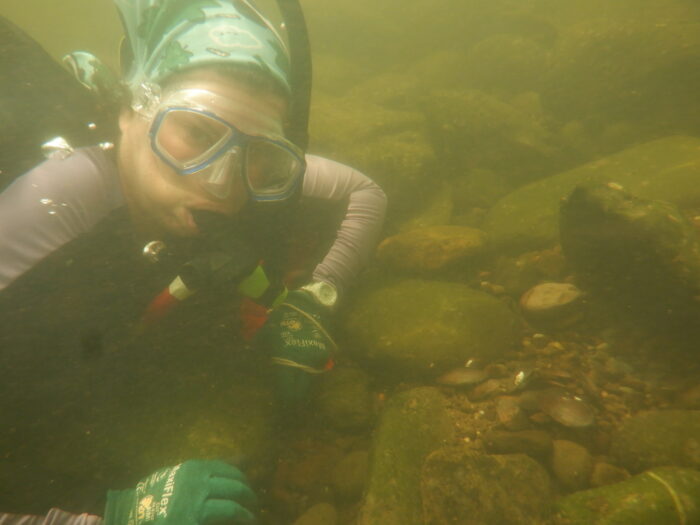
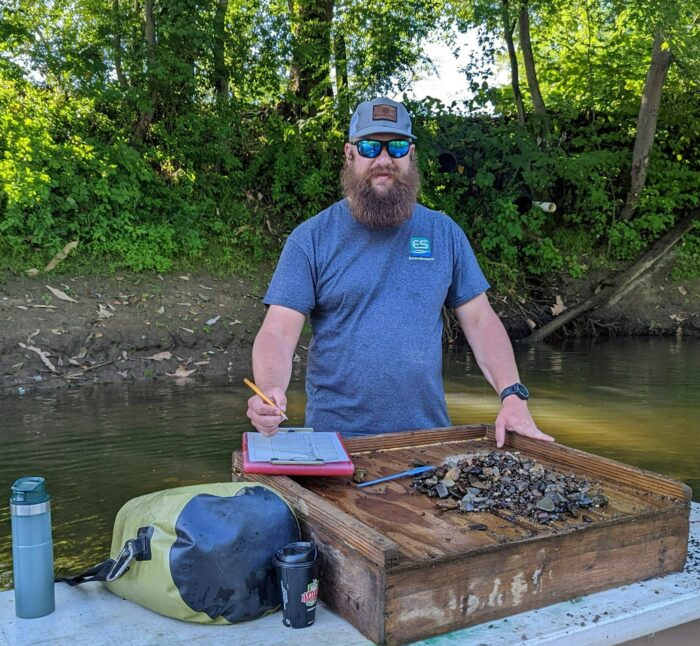
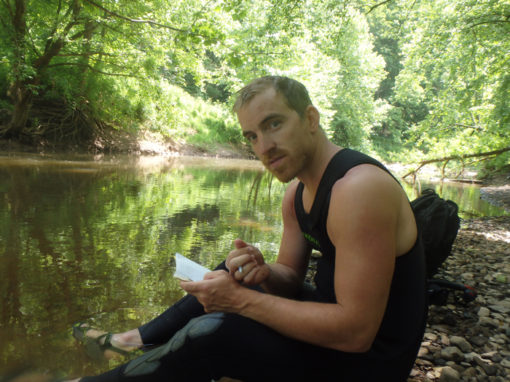
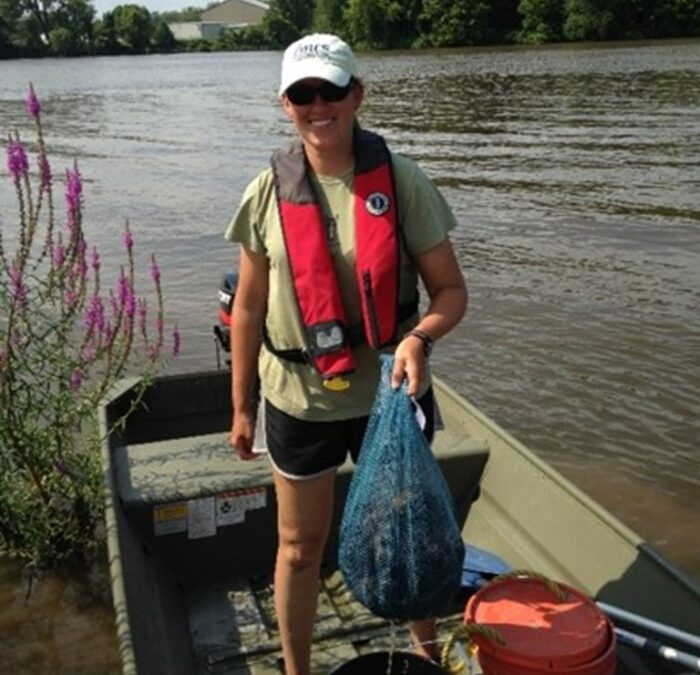
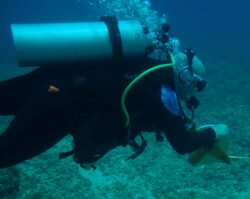
 EnviroScience proudly highlights our Nashville, Tennessee office and three of its many areas of expertise. Since opening in 2012, the office has continued to grow; we are always looking to add key personnel to enhance and increase our capabilities and capacity. Rooted in our
EnviroScience proudly highlights our Nashville, Tennessee office and three of its many areas of expertise. Since opening in 2012, the office has continued to grow; we are always looking to add key personnel to enhance and increase our capabilities and capacity. Rooted in our  Rivers and streams are abundant in the beautiful state of Tennessee; in fact, they traverse approximately 17,000 miles of the state. Most residential, commercial, and industrial site development projects inevitably encounter some form of watercourse due to their prevalence in the state.
Rivers and streams are abundant in the beautiful state of Tennessee; in fact, they traverse approximately 17,000 miles of the state. Most residential, commercial, and industrial site development projects inevitably encounter some form of watercourse due to their prevalence in the state.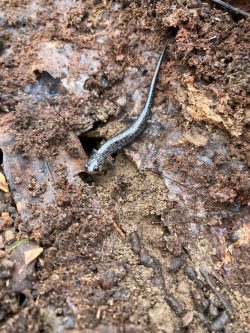 Tennessee is a salamander biodiversity hotspot—home to over 50 species! In fact, around 10% of salamander species globally occur in the southern Appalachians.
Tennessee is a salamander biodiversity hotspot—home to over 50 species! In fact, around 10% of salamander species globally occur in the southern Appalachians.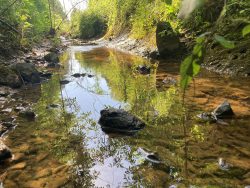 Proposed development projects in Tennessee and surrounding states that involve streams or wetlands may be subject to permitting requirements under the Clean Water Act, the Endangered Species Act, and the Food Security Act. Permits are regulated by federal agencies such as the U.S. Army Corps of Engineers and the U.S. Environmental Protection Agency, as well as state and local agencies such as the
Proposed development projects in Tennessee and surrounding states that involve streams or wetlands may be subject to permitting requirements under the Clean Water Act, the Endangered Species Act, and the Food Security Act. Permits are regulated by federal agencies such as the U.S. Army Corps of Engineers and the U.S. Environmental Protection Agency, as well as state and local agencies such as the 